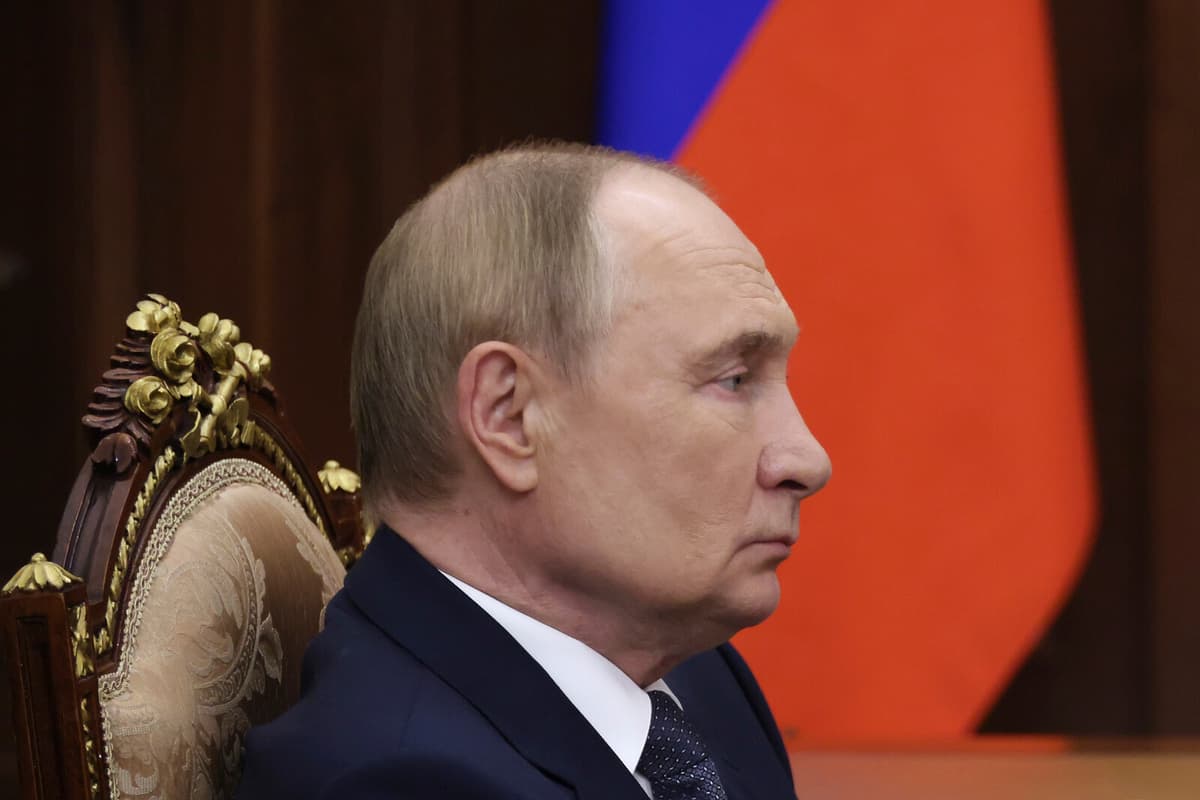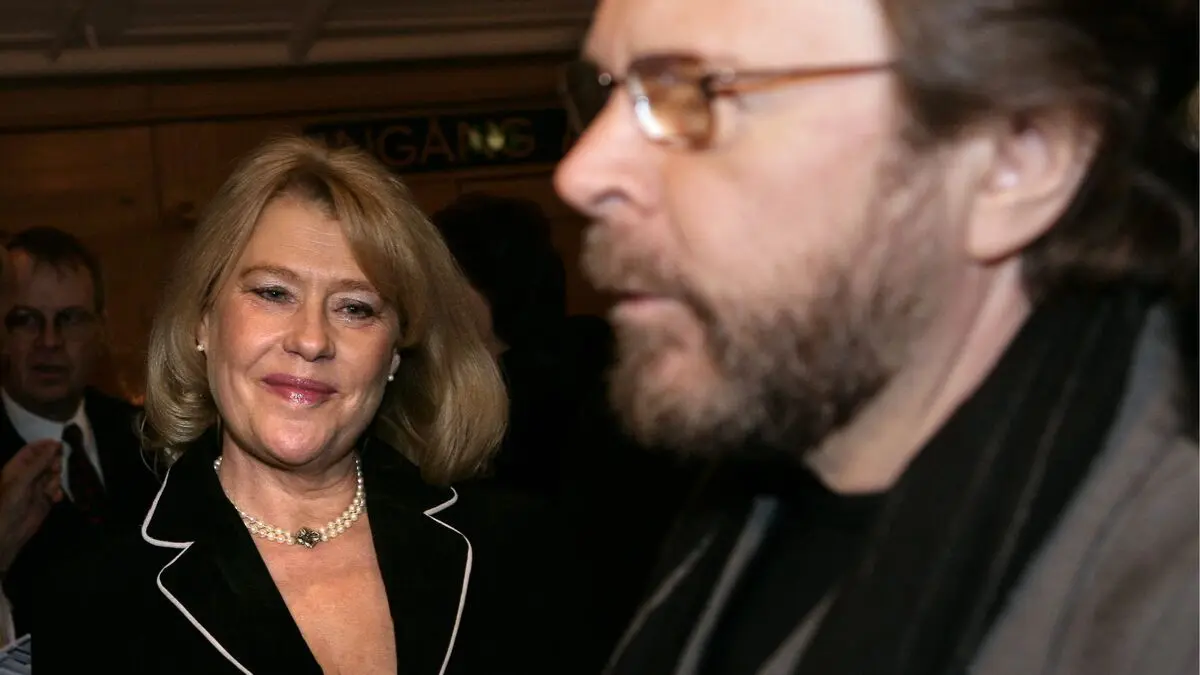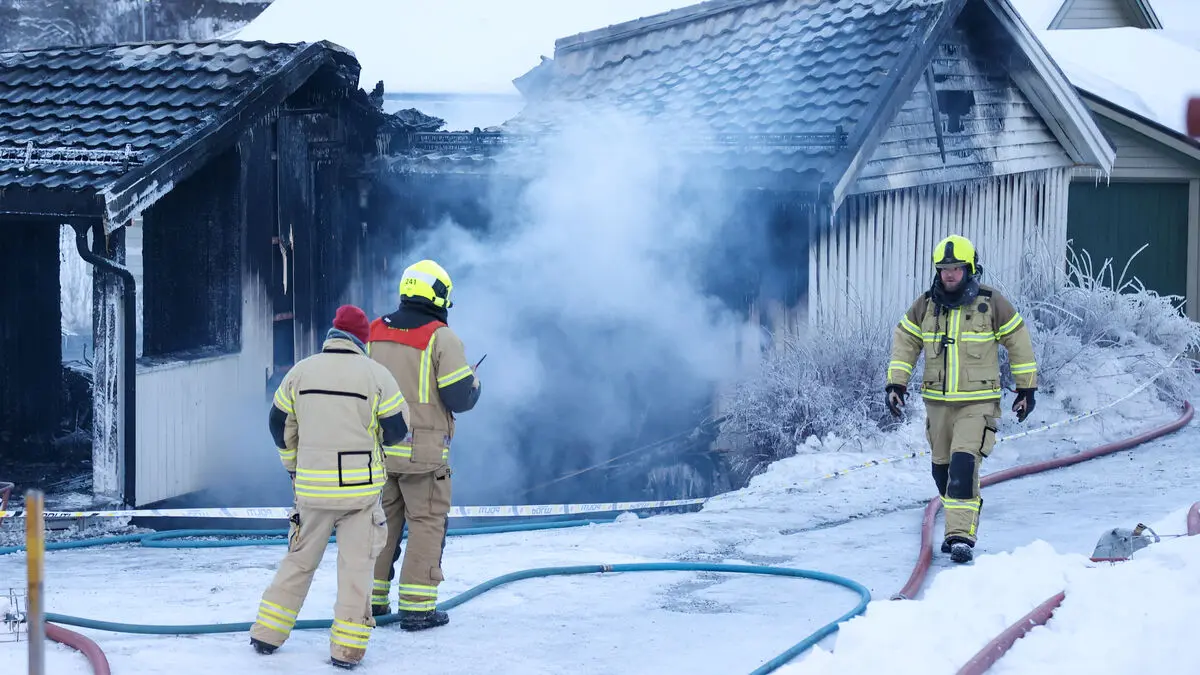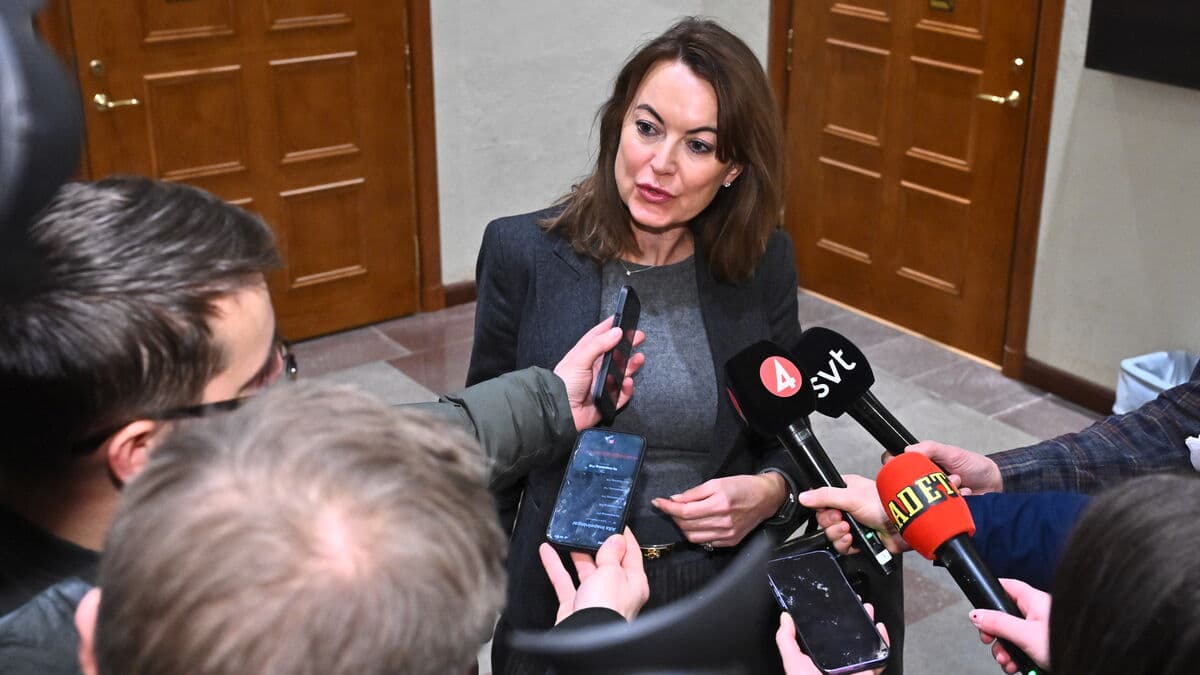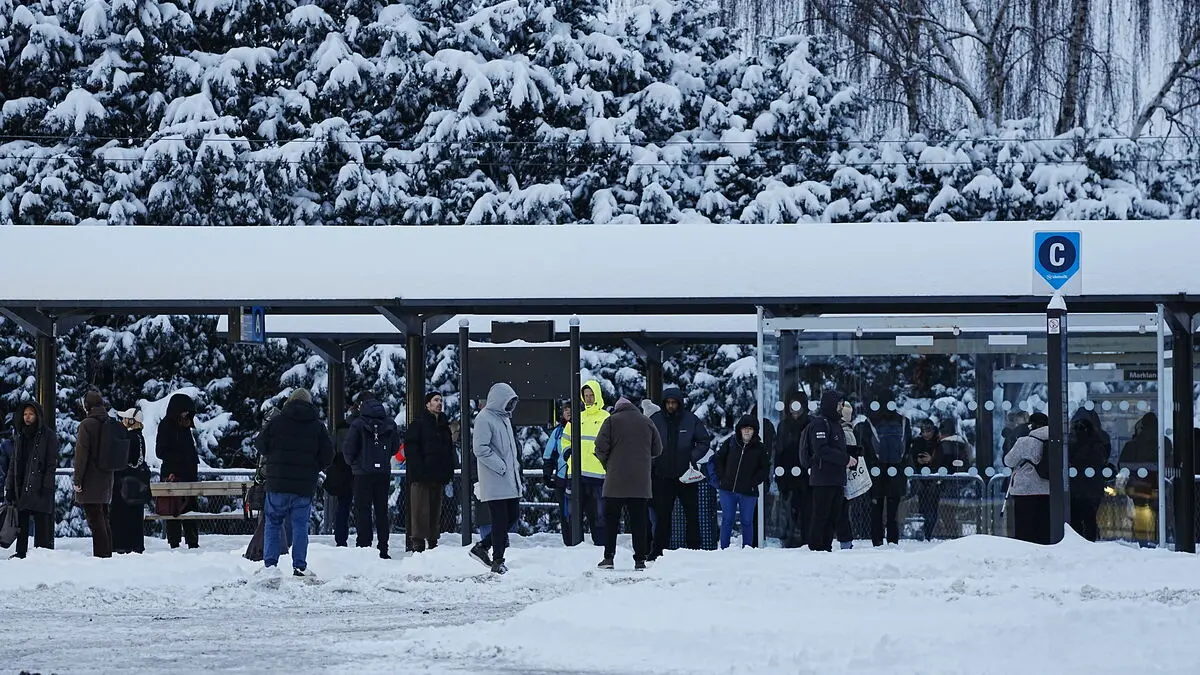– The difference is just that Russia now sees opportunities to achieve more with negotiations than on the battlefield. But Russia's basic goals are not changed, Putin is not swayed.
Hedenskog, who is active at the Center for Eastern European Studies at the Foreign Policy Institute (UI), says that these include taking political control over all of Ukraine, not just the areas they occupy, and preferably incorporating the country into a "Greater Russia". The Kremlin also talks about demilitarizing and "denazifying" the Western-oriented neighboring country, a euphemism for a Russia-friendly regime being appointed with the task of getting the population to "accept" that they are actually Russians, according to Hedenskog.
Moscow also wants the transatlantic link to break down, so that Europeans have to deal with Russia on their own, he says.
Trump swings
From a Russian perspective, does it help to travel to Alaska and meet with the US's Donald Trump, who seems to believe that it is possible to put an end to the Russian war of aggression through a peace agreement?
Yes, Trump automatically takes the same position as Putin when they are in the same room. During the spring, Trump advocated for a ceasefire as a condition for peace negotiations. But in Anchorage, he swung, now saying, like Putin, that one can go directly to negotiations.
The US President also seems to have forgotten the sanctions and secondary sanctions he threatened Russia with a few weeks ago, notes Hedenskog.
The skepticism regarding Vladimir Putin is shared by the analyst with a number of European experts and leaders, including those who traveled with Ukraine's Volodymyr Zelenskyj to the White House the other day. The Europeans are still cooperating with Donald Trump in his peace efforts, if only because it can lead to Russia being "exposed" and Trump realizing Putin's true agenda, writes Politico.
Do I think President Putin wants peace? The answer is no, said French President Emmanuel Macron in connection with the trip.
Right leader?
At the same time, discussions are underway about what the Trump administration describes as the next step, namely a bilateral meeting between the presidents of Ukraine and Russia, as well as future security guarantees for Ukraine.
Russia's Foreign Minister Sergey Lavrov calls the talks about security guarantees a "road that leads nowhere" – if Moscow is not allowed to participate in them. And the Kremlin has still not confirmed any meeting with Zelenskyj, despite Trump saying he has received such a message.
Putin wants to negotiate directly with Trump, he does not recognize Zelenskyj as a legitimate leader and he does not consider Ukraine a legitimate state, says Hedenskog.
On February 24, 2022, Russia launched a large-scale invasion of Ukraine, after already entering the neighboring country in 2014, which then led to the annexation of the Crimean Peninsula and a largely frozen conflict in Donbass in the east.
In a supposed lightning-fast offensive from the north, east, and south, the Russian forces encountered resistance. They did not reach Kyiv, but advanced along the southern coast to the Crimean Peninsula. The coastal city of Mariupol fell after a long and bloody siege.
Ukraine carried out two counter-offensives in the fall of 2022, where they recaptured the province of Kharkiv in the northeast and the city of Kherson and its surroundings in the south. In connection with this, Russia announced the annexation of the only partially occupied provinces of Kherson, Donetsk, Luhansk, and Zaporizhzhia.
A larger Ukrainian counter-offensive began in the summer of 2023, but failed to force a then fortified Russian defense. In August 2024, Ukrainian forces entered Russia and occupied part of the Kursk region.
Russia has regularly attacked locations all over Ukraine with missiles and drones. At least tens of thousands of civilians have been killed in the war, but the number of unreported cases is believed to be large. Several million Ukrainians have fled abroad.

